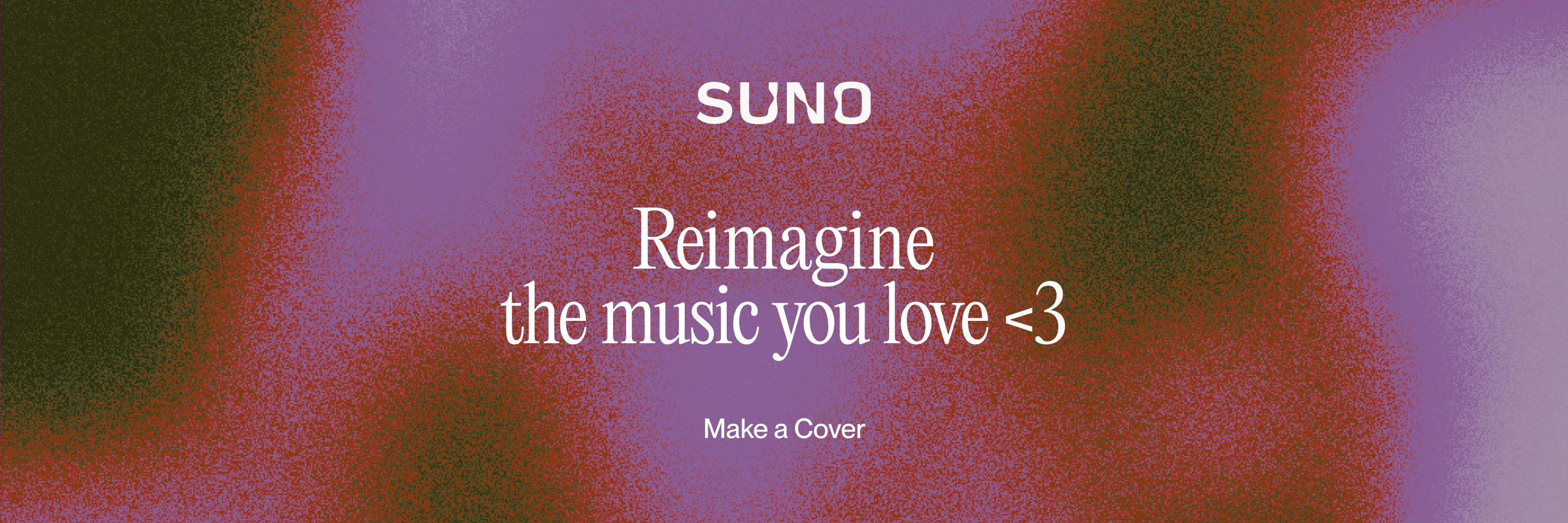Artificial intelligence continues to push the boundaries of creativity, especially in the music industry. One of the latest developments comes from Suno, an AI-driven music platform, which has introduced a new feature called “Covers.” This tool allows users to reinterpret songs into different genres, offering musicians and hobbyists a new way to explore their creative potential. In this article, we will explore how Suno’s Covers feature works, its broader implications for the music industry, and the ongoing challenges that AI music platforms face.

The innovation behind Suno’s Covers feature
Suno’s Covers feature allows users to transform songs into different genres while maintaining the essence of the original track. Similar to how a photo filter changes the mood of an image, this AI-driven tool reimagines the song’s style while keeping its core melody intact. Whether the input is a vocal track or an instrumental piece, the AI can handle the transformation and even generate new lyrics suited to the chosen genre.
To use the feature, users can select any song from their library and apply the “Cover Song” option. From there, the AI processes the track and turns it into the genre selected, giving musicians a unique opportunity to rework their compositions. For example, a pop song can be turned into a jazz or classical rendition, giving the artist and their audience a new perspective on the original work.
View some examples here from Suno’s playlist
Democratizing creativity with AI
The introduction of Covers fits into a broader trend of AI democratizing creative processes. Historically, altering a song’s genre would require significant expertise in music theory and production. Suno’s AI reduces these barriers, making it easier for musicians and producers to experiment with different sounds and arrangements without starting from scratch.
By using Covers, musicians can explore how their work might sound in genres outside their comfort zone. The tool also appeals to amateurs who may not have the skills to manually rework songs but are curious about how their creations might fit into different musical contexts.
Expanding Suno’s ecosystem
Suno has been steadily expanding its capabilities and partnerships, positioning itself as a leader in the AI music space. The Covers feature follows the company’s deal with Microsoft, where Suno’s text-to-music tool was integrated into Microsoft Copilot. This partnership not only broadened the reach of Suno’s technology but also underscored the growing importance of AI in creative industries.
More recently, Suno released a mobile app, further enhancing user access to its suite of tools. While the Covers feature is currently in beta, Suno’s paid subscribers—Suno Pro and Premier—have exclusive access to it. These users receive 200 free cover generations to start, with additional covers costing ten credits each. The pricing structure aligns with Suno’s other AI-generated music offerings, which also operate on a credit system.
Legal challenges on the horizon
Despite its innovative features, Suno, along with other AI music platforms like Udio, faces significant legal challenges. Major music labels have filed lawsuits against AI-generated music companies for copyright infringement, particularly focusing on the legality of using existing music as training data for AI models. These cases raise important questions about intellectual property rights in the age of AI.
While Suno’s AI-generated covers may offer creative freedom, they also highlight the gray areas in copyright law. The music industry is closely watching these legal battles, which could have lasting implications for how AI-generated content is regulated and monetized.